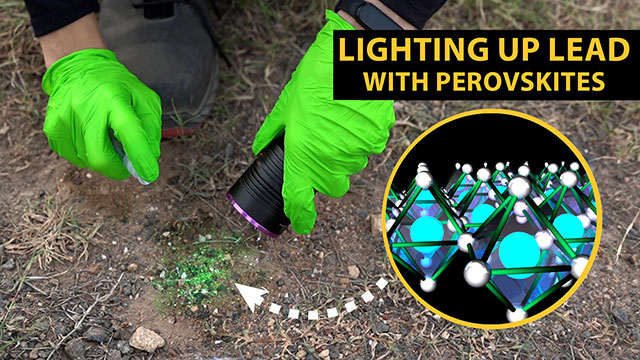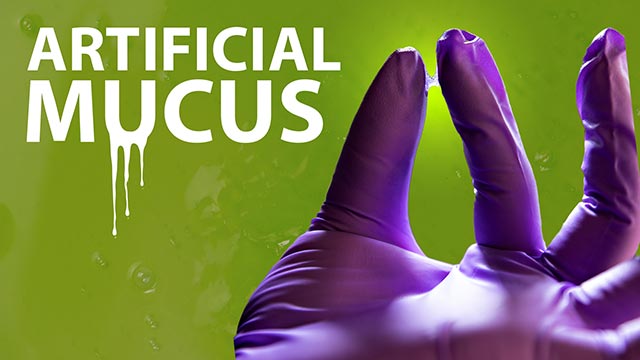Reporting in Environmental Science & Technology Letters, researchers found that plastic microfibers can entangle some of the smallest aquatic creatures: water fleas.
Source Article
“Entanglement of Daphnia magna by Fibrous Microplastics through ‘Hook and Loop’ Action”
Environmental Science & Technology Letters
Corresponding author: Vera I. Slaveykova, Ph.D.
Video credits:
Written and produced by Kerri Jansen
Edited by Vangie Koonce
Narrated by Allison Tau
Executive produced by Matthew Radcliff
Research videos from Cuizhu Ma, Ph.D., and Bo Hu
Additional video: Shutterstock and Getty Images
Music: “Open Road” by Lennon Hutton from Epidemic Sound
Sound effects: Soundsnap
Transcript
Plastic pollution can harm some of the smallest water creatures: water fleas. It’s easy to see how pollution affects larger animals, but it’s not always so obvious how smaller animals are affected.
Water fleas live in ponds and lakes, where they eat algae and provide food for fish. Researchers wondered how tiny plastic microfibers would affect these tiny creatures.
They saw how microfibers snagged on the water fleas’ antennae and tails and tangled in spines on the surface, much like the hook and loop structures of Velcro. The tangled fibers restricted the creatures’ movements, and that could make it harder for them to find food and evade predators, which will be studied more in future experiments.
To embed this video, please visit YouTube and use the Share function.








